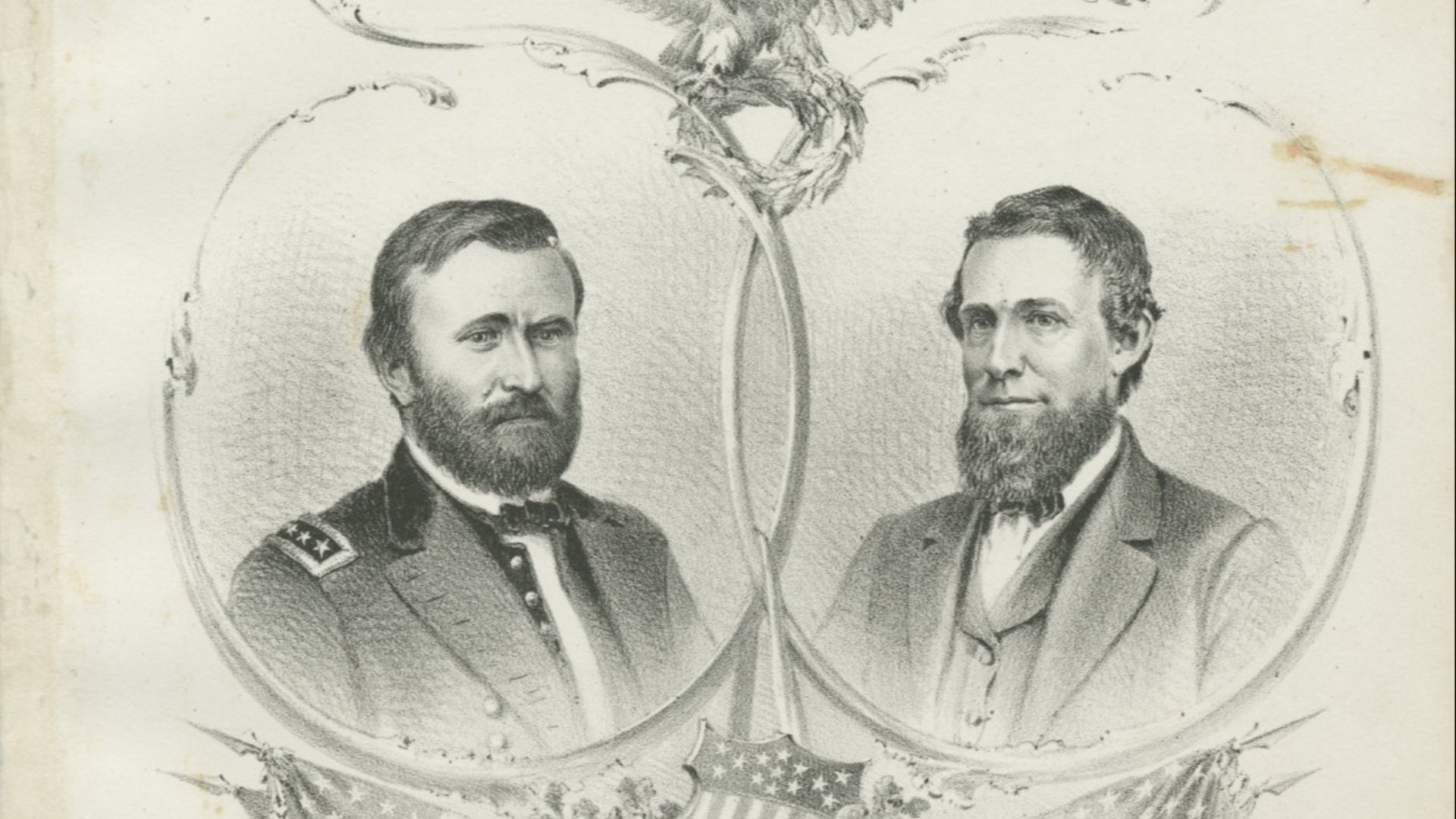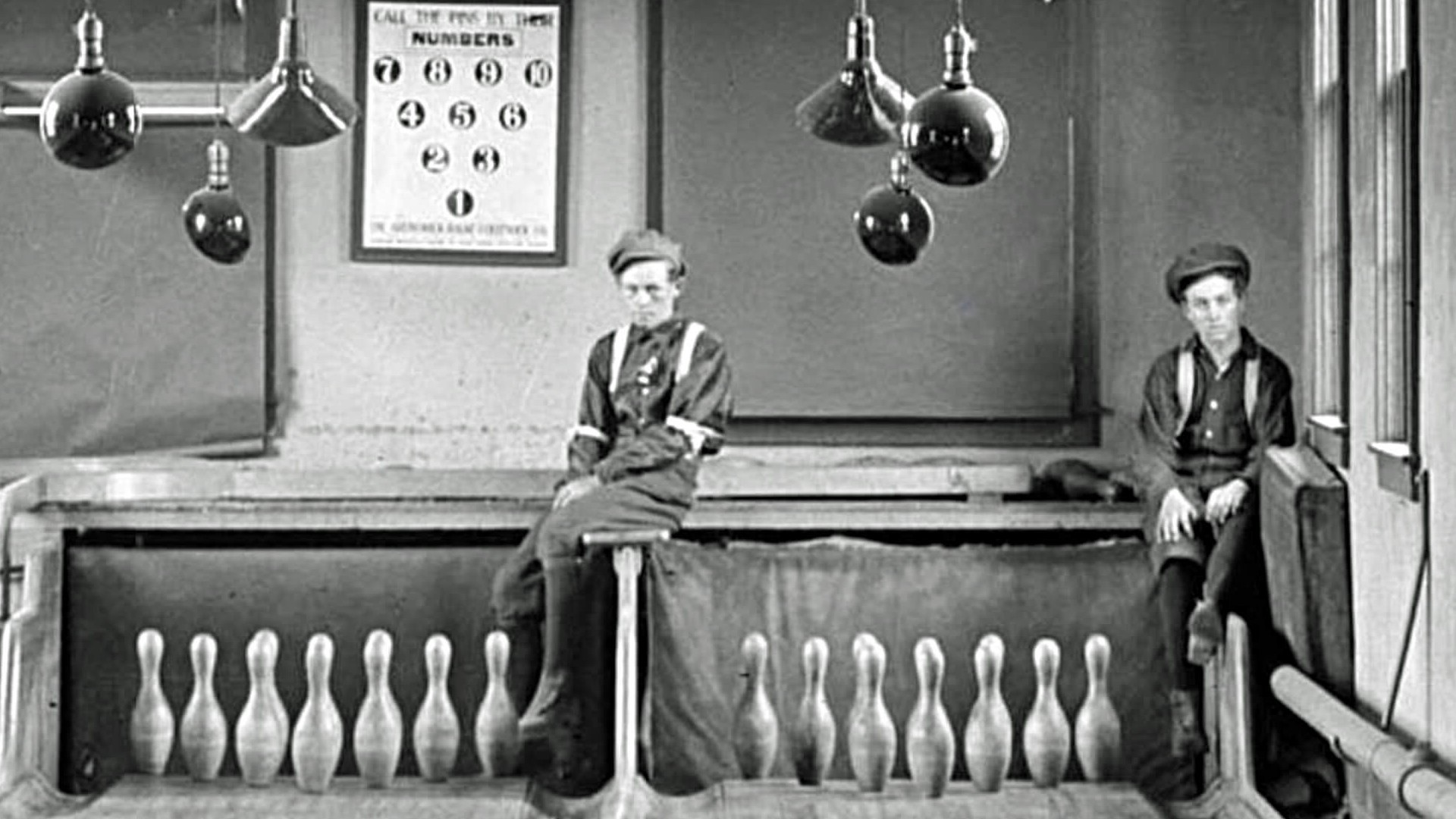20 US Presidents And Vice Presidents Who Secretly Hated Each Other
The Personal Side Of Politics
Not every president and vice president were best buds. In fact, despite all of the pleasantries, some barely tolerated each other! Power struggles, backstabbing, and icy silence weren’t uncommon behind closed doors. Curious how bad it got? Here are twenty tense duos who secretly (and sometimes not so secretly) couldn't stand working together.  Frank Muto on Wikimedia
Frank Muto on Wikimedia
1. John Adams & Thomas Jefferson
Initially friends during the revolution, their ideological differences exploded once in office. Adams, a Federalist, clashed with Jefferson, a Democratic-Republican. Their political rift turned personal, and they barely spoke during Adams's presidency. Ironically, they reconciled decades later, long after leaving power.
 Library of Congress's Prints and Photographs division on Wikimedia
Library of Congress's Prints and Photographs division on Wikimedia
2. Thomas Jefferson & Aaron Burr
Jefferson never trusted Burr, even before their electoral tie in 1800. Forced to accept him as VP, Jefferson shut him out of major decisions. Burr's duel with Hamilton sealed his political exile. In fact, Jefferson's cold indifference to Burr's downfall spoke volumes about his contempt and emotional detachment.
3. John Quincy Adams & John C. Calhoun
On the surface, Calhoun supported Adams. However, behind the curtains, it was a different story. He was already working with Jackson's camp. The result? A presidency filled with silent tension and very little genuine collaboration between the two.
 Peabody Essex Museum on Wikimedia
Peabody Essex Museum on Wikimedia
4. Andrew Jackson & John C. Calhoun
Calhoun and Jackson disagreed on everything from tariffs to etiquette. The “Petticoat Affair” drove a wedge between them, and nullification debates made it permanent. Jackson later replaced Calhoun on his reelection ticket—without blinking.
 National Museum of American History on Wikimedia
National Museum of American History on Wikimedia
5. Martin Van Buren & Richard Mentor Johnson
Van Buren barely tolerated Johnson, whose controversial personal life and unpredictable behavior made him a political liability. As a result, Johnson was excluded from important decisions and remained virtually invisible throughout the entire administration.
 Mathew Benjamin Brady on Wikimedia
Mathew Benjamin Brady on Wikimedia
6. James K. Polk & George M. Dallas
Dallas quietly disagreed with Polk's strong push for tariff cuts, favoring a more moderate approach. While he wasn't openly defiant, the difference in economic philosophy created distance. Polk, known for tight control, kept Dallas at the edge of major decisions.
7. Zachary Taylor & Millard Fillmore
Taylor rarely spoke to Fillmore. The two had opposing views on slavery and federal power, and Taylor never considered Fillmore a real asset. Fillmore was also systematically excluded from critical policy discussions, highlighting his marginalization within the executive decision-making process.
 Library of Congress's Prints and Photographs division on Wikimedia
Library of Congress's Prints and Photographs division on Wikimedia
8. Abraham Lincoln & Hannibal Hamlin
Hamlin had almost no role in Lincoln’s inner circle. He rarely even visited the White House and was so sidelined that Lincoln replaced him for reelection. What was even more shocking? Hamlin found out about it from the newspapers.
 Library of Congress's Prints and Photographs division on Wikimedia
Library of Congress's Prints and Photographs division on Wikimedia
9. Ulysses S. Grant & Schuyler Colfax
Colfax was engulfed in scandal during Grant’s administration. This political relationship, once cooperative, turned cold after Colfax was implicated in the Credit Mobilier corruption. He was dropped without ceremony in the next election.
 Cornell University Library on Wikimedia
Cornell University Library on Wikimedia
10. Grover Cleveland & Thomas A. Hendricks
Cleveland barely worked with Hendricks before the VP died. However, even during his brief time in office, Hendricks criticized Cleveland's reform efforts. Their differences also hinted at future conflicts—had Hendricks lived.
 The Continental Publishing Co. on Wikimedia
The Continental Publishing Co. on Wikimedia
11. Benjamin Harrison & Levi P. Morton
Harrison didn’t want Morton as VP. He preferred another candidate but was pressured to accept him. So, Morton felt unwanted, disengaged from policymaking, and focused elsewhere. It was a political cold war in plain sight.
 Library of Congress's Prints and Photographs division on Wikimedia
Library of Congress's Prints and Photographs division on Wikimedia
12. Woodrow Wilson & Thomas R. Marshall
Wilson treated Marshall as more symbolic than influential. Even when Wilson fell ill, Marshall wasn’t granted temporary authority. In fact, his own party didn’t allow that idea to come to fruition. The message from both the president and party leadership was unmistakable: stay out.
 Library of Congress's Prints and Photographs division on Wikimedia
Library of Congress's Prints and Photographs division on Wikimedia
13. FDR & John Nance Garner
Garner had little respect for the vice presidency and grew frustrated with FDR’s progressive policies. He even openly opposed the idea of a third term and gradually distanced himself. This ended their partnership on tense, unfriendly terms.
 National Archives and Records Administration on Wikimedia Commons
National Archives and Records Administration on Wikimedia Commons
14. Eisenhower & Richard Nixon
Eisenhower famously struggled to name a single Nixon accomplishment. Though they worked together publicly, Eisenhower distrusted Nixon’s ambition and distanced himself when scandal loomed. The press called it respect mixed with reservation.
15. JFK & Lyndon B. Johnson
Their relationship was more calculated than camaraderie. Kennedy’s team kept Johnson out of key decisions and mocked him behind his back. Johnson, who had once wielded immense Senate power, eventually found himself reduced to ribbon-cutting.
16. Nixon & Spiro Agnew
Nixon and Agnew shared policy views but lacked a personal bond. When Agnew faced corruption charges, Nixon wasted no time stepping back, creating distance right before his own presidency began to collapse during the Watergate scandal.
 Yanker Poster Collection on Wikimedia
Yanker Poster Collection on Wikimedia
17. Gerald Ford & Nelson Rockefeller
Rockefeller sought a larger role in the administration. However, Ford, who was more focused on appeasing his party's conservative base, gave him limited power. Their uneasy partnership ended when Ford abruptly dropped Rockefeller from the ticket in the next election.
 Library of Congress's Prints and Photographs division on Wikimedia Commons
Library of Congress's Prints and Photographs division on Wikimedia Commons
18. Jimmy Carter & Walter Mondale
Carter and Mondale appeared united, but frequent disagreements brewed beneath the surface. Mondale disliked Carter's micromanagement, while Carter grew annoyed with Mondale's insider mindset. This quiet tension was masked by polite, diplomatic appearances.
 White House Staff Photographer on Wikimedia
White House Staff Photographer on Wikimedia
19. Ronald Reagan & George H.W. Bush
Bush and Reagan began as rivals and never fully connected. Reagan's advisers saw Bush as overly cautious, while Bush's team felt excluded. Though they worked together, their relationship remained formal, lacking any genuine connection or trust.
 George Bush Presidential Library and Museum on Wikimedia
George Bush Presidential Library and Museum on Wikimedia
20. Bill Clinton & Al Gore
Gore stayed loyal through political storms, but things shifted during Clinton's infamous scandal. He avoided public support when it mattered most to Clinton. Later, during his run, he barely mentioned Clinton, which proves that something had quietly fractured.
KEEP ON READING

Throwback To The '60s: The 20 Biggest Events That Took…
A Decade Unlike Any Other. The '60s arrived like a…
By Chase Wexler Apr 10, 2025
20 Little-Known Facts About The Civil War
The Untold Facts. The Civil War is often portrayed as…
By Chase Wexler Mar 19, 2025
Weird Historical Jobs That Don't Exist Anymore
If you think you're job is bad, people in earlier…
By Maria Cruz Apr 10, 2025
Walt Disney: 10 Controversies That Haunt His Legacy & 10…
The Man Behind the Mouse. Whether you’re a fan of…
By Farva Ivkovic Apr 9, 2025
The 10 Best Generals In American History And The 10…
Some Generals Are Remembered For Their Ingenuity, Others For Their…
By Emilie Richardson-Dupuis Apr 9, 2025
The Unsinkable Ship: 20 Fascinating Facts About The Titanic You…
The Ins And Out Of The Titanic . The Titanic was…
By David Davidovic Apr 6, 2025





